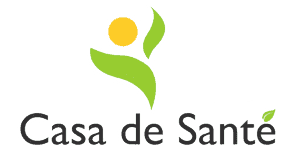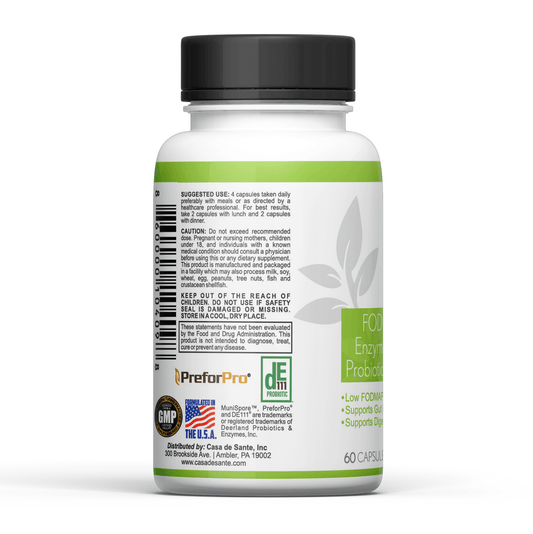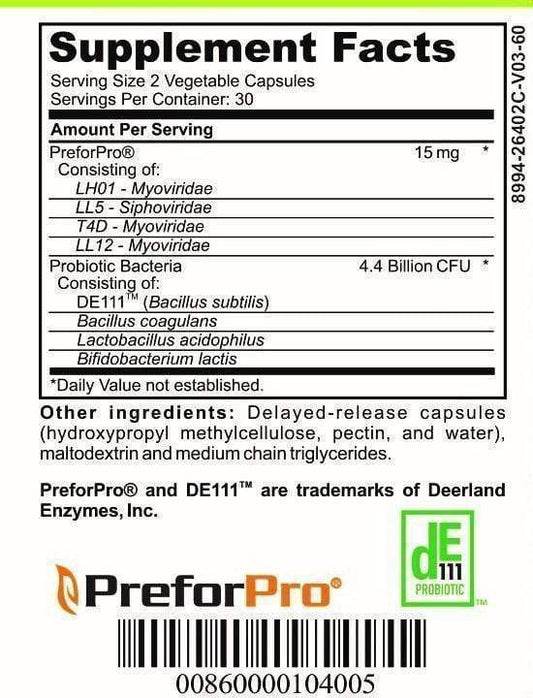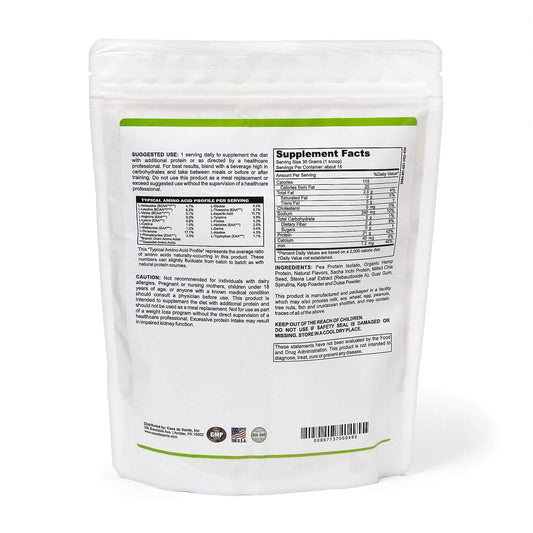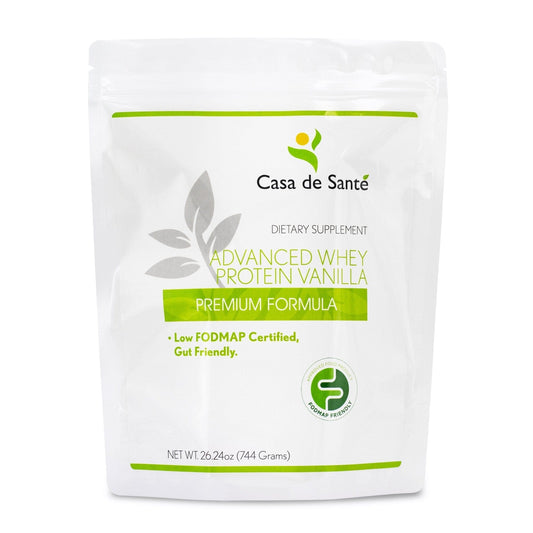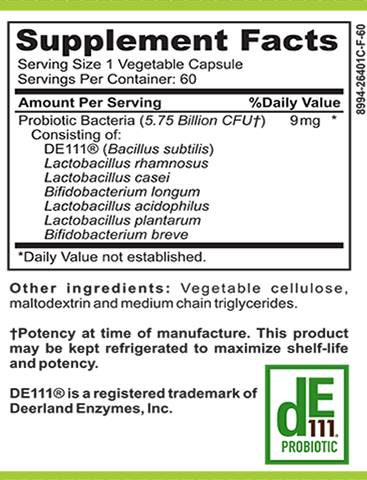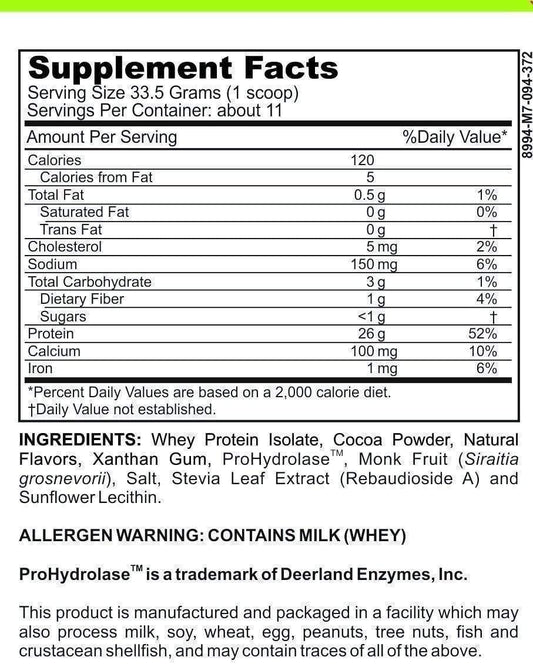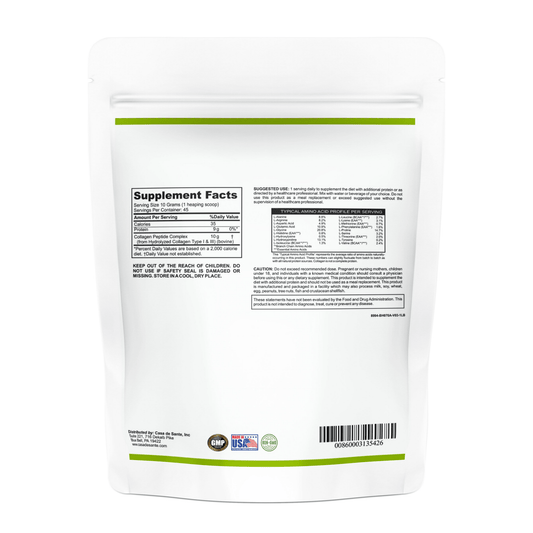Is Blue 1 Paleo
The Paleo diet has gained popularity over the years as a way of eating in a manner that mimics the diet of our ancient ancestors. The fundamental idea behind the Paleo diet is to consume foods that our bodies are genetically programmed to handle, just like our hunter-gatherer ancestors did. But in today's modern world, where processed foods and artificial additives are abundant, it's important to question whether certain food items can truly be considered "Paleo." One such ingredient is Blue 1, a food coloring commonly used in the food industry. In this article, we will delve into the Paleo perspective on Blue 1 and explore its origins, composition, and impact on health.
Understanding the Paleo Diet
The Paleo diet, also known as the Caveman diet or the Stone Age diet, is inspired by the eating habits of early humans who lived during the Paleolithic era. The diet focuses on consuming whole, unprocessed foods that were available to our ancestors, such as meat, fish, fruits, vegetables, nuts, and seeds. The Paleo diet excludes processed foods, grains, dairy products, and refined sugars, as they were not part of our ancestors' diet.
When we delve into the origins of the Paleo diet, we discover a fascinating journey through time. The concept of this diet stems from the belief that our bodies have not evolved to properly digest and metabolize foods introduced during the agricultural revolution, such as grains and legumes. Proponents argue that our genetic makeup is better suited to the diet of our hunter-gatherer ancestors, which consisted mainly of animal protein and plant-based foods.
Imagine yourself transported back in time, walking alongside our ancient ancestors as they forage for food. They would hunt for lean proteins, such as wild game, which provided them with essential nutrients and sustenance. The Paleo diet encourages the consumption of meat from grass-fed animals, seafood, eggs, and poultry, as they too offer these vital nutrients and healthy fats.
As you continue your journey with our ancestors, you come across a bountiful array of non-starchy vegetables, fruits, and berries. These colorful treasures are not only low in calories but also rich in fiber, vitamins, and minerals. They provide a refreshing burst of flavor and nourishment, making them an essential part of the Paleo diet.
Origins and Principles of the Paleo Diet
The origins of the Paleo diet can be traced back thousands of years, to a time when our ancestors roamed the earth in search of sustenance. Their diet consisted of what nature provided, and they thrived on it. The principles of the Paleo diet are rooted in this ancestral way of life, emphasizing the consumption of whole, unprocessed foods that our bodies are naturally designed to digest.
As you immerse yourself in the principles of the Paleo diet, you begin to understand the profound impact it can have on your overall health and well-being. By eliminating processed foods, grains, dairy products, and refined sugars, you are freeing your body from the burden of substances that were not part of our ancestors' diet. This allows your body to function optimally, as it was intended to.
Many proponents of the Paleo diet argue that by adopting this way of eating, you can experience a wide range of benefits. These include improved digestion, increased energy levels, enhanced mental clarity, and even weight loss. By aligning your diet with the natural rhythms of our ancestors, you are giving your body the opportunity to thrive.
Key Components of the Paleo Diet
As you delve deeper into the key components of the Paleo diet, you realize that it is not just a list of restrictions but rather a celebration of nourishing foods. Lean proteins take center stage, providing your body with the building blocks it needs to thrive. Whether it's a succulent piece of grass-fed beef, a tender fillet of wild-caught salmon, or a perfectly cooked free-range chicken breast, these proteins offer a delicious and nutritious foundation for your meals.
Accompanying these proteins are an abundance of fruits and vegetables, which add a vibrant and colorful dimension to your plate. Imagine the sweetness of a ripe mango, the crispness of a freshly picked apple, or the earthy flavors of roasted root vegetables. These plant-based foods not only provide essential vitamins and minerals but also contribute to the overall sensory experience of your meals.
Healthy fats, such as those found in avocados, nuts, and seeds, play a crucial role in the Paleo diet. These fats provide satiety, ensuring that you feel satisfied after your meals. They also support brain health, hormone production, and the absorption of fat-soluble vitamins. Incorporating these fats into your diet adds a richness and depth of flavor, elevating your culinary creations to new heights.
As you embark on your journey with the Paleo diet, you realize that it is not just a way of eating but a lifestyle. It is a return to our roots, a reconnection with the natural world, and a celebration of the incredible bounty that nature provides. By embracing the principles and key components of the Paleo diet, you are embarking on a path of nourishment, vitality, and well-being.
Introduction to Food Coloring
Food coloring is a commonly used additive in the food industry to enhance the appearance of food products. It comes in various forms, including natural and synthetic options. While some food colorings are derived from natural sources like fruits and vegetables, others are artificially produced.
Food coloring has a long history dating back to ancient civilizations. In ancient Egypt, for example, people used natural dyes from plants and minerals to add color to their food. The use of food coloring has evolved over time, with advancements in technology allowing for the production of a wide range of vibrant and stable colors.
Today, food coloring plays a crucial role in the food industry. It not only adds visual appeal to products but also helps consumers identify different flavors and varieties. From bright red strawberries to vibrant green mint ice cream, food coloring has become an integral part of our food experience.
What is Blue 1?
Blue 1, also known as Brilliant Blue FCF or E133, is a synthetic blue dye commonly used in the food industry to give products a vibrant blue color. It is approved by regulatory authorities such as the FDA and the European Food Safety Authority (EFSA) for use in various food and beverage products.
The development of Blue 1 was a significant milestone in the world of food coloring. Before its creation, achieving a stable and intense blue color in food was a challenge. Blue 1 revolutionized the industry by providing a reliable and safe option for creating visually appealing blue food products.
Blue 1 is a water-soluble dye that can be easily incorporated into a wide range of food and beverage formulations. Its versatility and stability make it a popular choice among food manufacturers.
Common Uses of Blue 1 in the Food Industry
Blue 1 is widely used in the food industry to color a range of products, including baked goods, candies, desserts, beverages, and even medications. It is often used in combination with other food dyes to achieve specific shades of blue or to create blends of colors.
In baked goods, Blue 1 can be found in blueberry muffins, blue velvet cakes, and blue macarons. Its vibrant blue hue adds a visually appealing element to these treats, making them more enticing to consumers.
Candies and desserts also benefit from the addition of Blue 1. Blue 1 can be found in blue gummy bears, blue lollipops, and blue ice cream. These colorful treats not only taste delicious but also capture the imagination with their vivid blue color.
Blue 1 is not limited to sweet treats. It can also be found in savory products like blue tortilla chips, blue pasta, and blue cheese. These unique food items stand out on the shelf and add a touch of novelty to meals and snacks.
Furthermore, Blue 1 is used in the pharmaceutical industry to color medications. This helps to differentiate between different types of pills and makes it easier for consumers to identify and take the correct dosage.
Overall, Blue 1 is a versatile and widely used food coloring that adds a vibrant blue hue to a variety of food and beverage products. Its approval by regulatory authorities ensures its safety for consumption, allowing consumers to enjoy visually appealing and appetizing food experiences.
Analyzing Blue 1 from a Paleo Perspective
When it comes to evaluating the suitability of Blue 1 within the confines of the Paleo diet, it is essential to examine its composition, production process, and potential impact on health.
Ingredients and Production Process of Blue 1
Blue 1 is synthesized from petroleum and contains a compound called triphenylmethane. The production process involves several chemical reactions, resulting in the final blue dye. This synthetic nature of Blue 1 raises concerns among those following the Paleo diet, as it is far removed from the natural foods our ancestors consumed.
Nutritional Value of Blue 1
Blue 1 does not provide any nutritional value in terms of essential micronutrients or macronutrients. It is solely used for its visual appeal and has no direct impact on the nutritional composition of the product it is added to. From a Paleo perspective, this lack of nutritional value may be a point of contention.
Paleo Diet and Artificial Additives
The Paleo diet strongly advocates for the consumption of whole, unprocessed foods, free from artificial additives. It emphasizes the importance of eating nutrient-dense foods that our bodies can efficiently digest and utilize. Therefore, the inclusion of artificial additives like Blue 1 in the Paleo diet is a matter of debate.
Paleo Diet's Stance on Artificial Additives
The Paleo diet promotes the exclusion of artificial additives, such as food colorings, as they are not part of our ancestral diet. Supporters argue that these additives may have adverse effects on health due to their synthetic nature and potential for allergic reactions.
Impact of Artificial Additives on Health
While the FDA and other regulatory bodies deem Blue 1 safe for consumption within certain limits, some studies have raised concerns about its potential effects on health. These studies suggest that synthetic food colorings, including Blue 1, may contribute to hyperactivity and behavioral issues in children, especially those already susceptible to such reactions.
Expert Opinions on Blue 1 and Paleo Diet
Various nutritionists and Paleo diet advocates have expressed their opinions on the inclusion of Blue 1 in a Paleo diet. Let's explore some of these viewpoints.
Nutritionists' Views on Blue 1 in Paleo Diet
Many nutritionists believe that the Paleo diet's emphasis on whole, unprocessed foods should extend to avoiding artificial additives like Blue 1. They argue that the Paleo diet already provides a wide range of natural, vibrant foods that can be used to create visually appealing meals without the need for artificial colorings.
Paleo Diet Advocates' Opinions on Blue 1
Some Paleo diet advocates take a more flexible approach, acknowledging that the occasional use of Blue 1 may not significantly impact the overall healthfulness of the diet. They argue that as long as the majority of one's diet consists of nutrient-dense, whole foods, minimal exposure to artificial additives may not be detrimental.
In conclusion, Blue 1 is a synthetic food coloring commonly used in the food industry. From a Paleo perspective, the inclusion of artificial additives like Blue 1 in the diet is a matter of personal choice and adherence to the principles of the Paleo diet. While some argue that such additives should be avoided in favor of whole, unprocessed foods, others believe that occasional use may not significantly impact overall health. It is important for individuals to consider their own health goals, dietary preferences, and any potential sensitivities or allergies when making dietary choices within the framework of the Paleo diet.